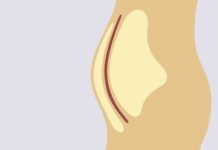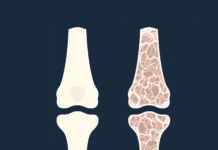A. Irwin H. Rosenberg, MD, editor of the Tufts Health & Nutrition Letter, replies: I think the preferred height measure is the pre-aging one or, as is sometimes done, use of knee height (adjusted to fit the BMI formula), which doesnt shrink with compressed spine. A smaller height measurement due to spinal compression with aging would indeed shift a BMI calculation to a lower value and project a safer level than would be real based on pre-aging height.
This mathematical problem is not, however, the primary factor driving higher ideal BMI with aging. As noted, focusing on weight as measured by BMI rather than muscle mass misses the risk factors for sarcopenia. A little extra weight may actually be beneficial when an older person must recover from surgery or suffers from a condition like cancer. And older adults are susceptible to undernutrition due to physiological changes, chronic disease and other issues, meaning the healthiest seniors arent necessarily the thinnest.























